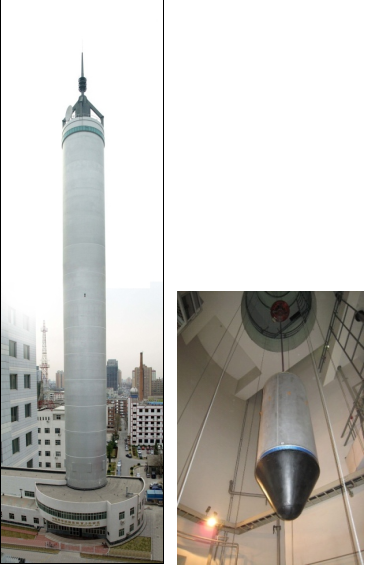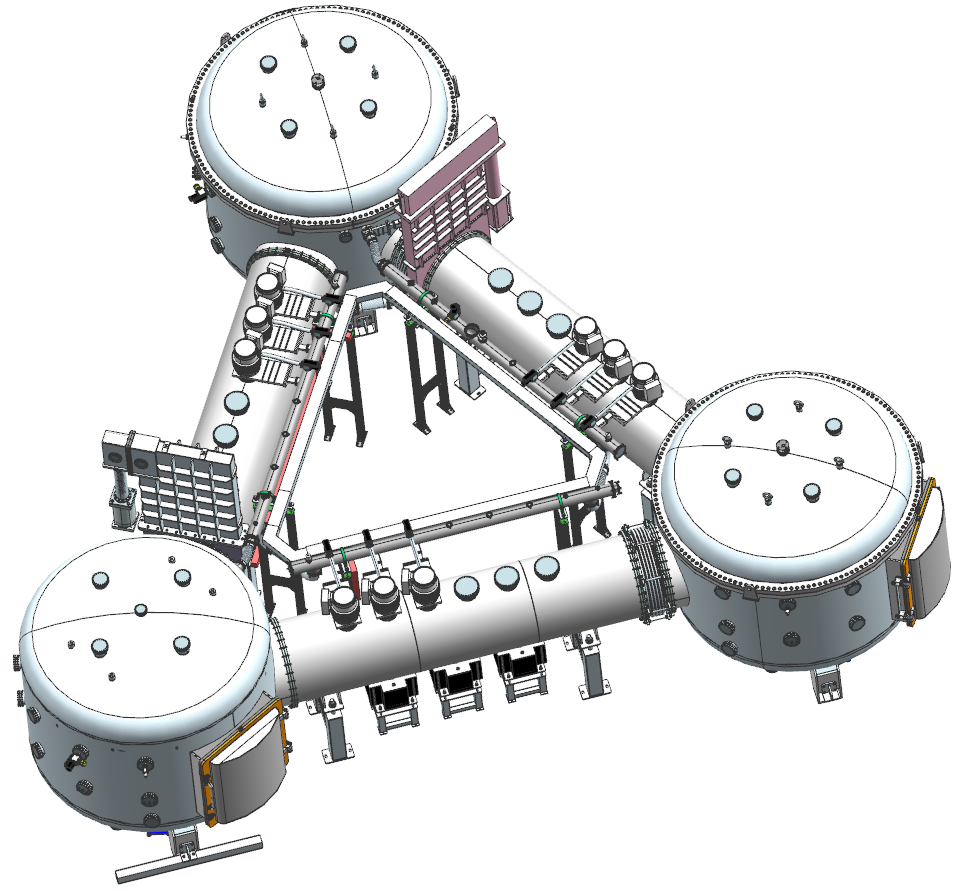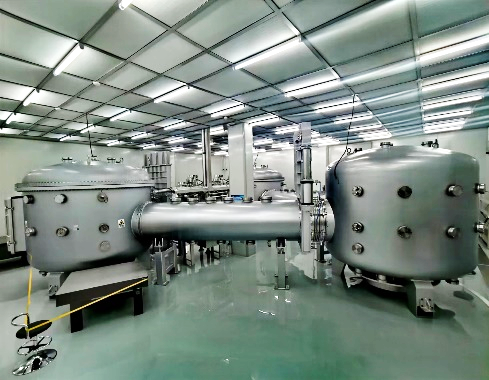In 1995, the Laboratory was established with the support of Chinese National Programs for High Technology Research and Development (the National 863 Programs) and was named the National Microgravity Laboratory by the former Commission of Science, Technology and Industry for National Defense. In 2003, the National Microgravity Laboratory was fully accepted by the General Armament Department, Central Military Commission. In 2008, the laboratory was selected as a Key laboratory of the Chinese Academy of Sciences. The academician Wenrui Hu was the founder and the first director of the laboratory. The current director of the laboratory is Prof. Kai Li.
There are three main research areas in this laboratory: microgravity science, biomechanics and bioengineering, and space gravitational wave detection. The Laboratory focuses on the microgravity fluid science and carries out innovative research on the basic laws of microgravity; conducts technology research on microgravity applications in order to meet the development requirements of the space application and space technology; and aims at the forefront of international space technology–––the research and breakthrough of the core technology in gravitational wave detection.
Up to now, it has carried out almost all of China's more than 20 space experiments in microgravity fluid physics, and has organized and conducted many space missions for the microgravity scientific experiments on the recoverable satellites. For example, in 2005, 2006 and 2016, the laboratory accomplished three missions of microgravity physical science experiments and space life science experiments on the "Shijian-10" recoverable satellite, etc. In 2003, 2016 and 2017, it completed a number of space experiments on microgravity fluid physics with the help of China's manned space program, the "Shenzhou-4", "Tiangong-2" and "Tianzhou-1" space missions. In 2019, it completed the in-orbit verification of key technologies of the laser interferometry system and the RIT micropropulsion system for the space gravitational wave detection on the "Taiji-1" microgravity technology experiment satellite.
As the only laboratory focusing on the research of microgravity science in China, the laboratory continues to play a role as the scientific research center and technical support center in the field of microgravity study for space science and technology in China.
The Beijing Drop Tower
Drop tower is an important facility frequently used in microgravity experiments. It is a ground based short-term facility to imitate the microgravity environment of the outer space. The Beijing Drop Tower (NML, IM/CAS), established in 2003, is located in Beijing, the capital of China.
The Beijing Drop Tower is 116 m above the ground (92 m of tower body and 24 m of top parts) and 8 m under the ground. It can provide duration of 3.6 s for microgravity experiments. The facility consists of drop capsule, hoister, release system, recovery system, data acquisition, image acquisition and transmission system, control system, and other supplementary system. There are two assembly configurations of the drop capsule in the Beijing Drop Tower, namely single capsule mode and double capsule mode.
The single capsule mode can provide an experimental equipment weight of 90kg, but the microgravity quality is about 10–2 ~ 10–3 g0 (here, g0 denotes the normal gravity on Earth).
To meet the requirements of precise microgravity experiment, we use the double-capsule mode. It consists of inner capsule and outer capsule, which are pressure-tight after the integration. The space between the inner and outer capsule is evacuated before experiment. The structure of double-capsule can reduce the residual acceleration effectively, since the outer capsule is dropped under normal atmospheric condition, while the inner capsule under vacuum condition during the experiments. The double capsule mode can provide high quality microgravity environment of about 10–5 g0. The experimental equipment installed in the inner capsule weight only 30kg available.
Owing to our special recovery system, the Peak Impact Deceleration levels is Less than 20 g0 for 0.8sec.
The Beijing Drop Tower enables experiments on fluid physics, boiling heat transfer, combustion, material science, accelerator, and other field.

The Pico-metric Precision Laser Interference Platform
As the part of the first batch of cross-research platforms for advanced transport and measurement technology in Huairou Science City, the pico-metric precision laser interference platform is composed of the main measurement system and the auxiliary measurment system according to its function.
The main measurement system includes the ultra-stable laser light source, the pico-level laser interferometer, and the high-precision measurement electronics. The pico-level laser interferometer realizes the high-precision displacement and angle measurement between the test masses while the high-precision measurement electronics, as the supporting electronics of the laser interferometer, reads the data of the relevant information. At present, the ultimate displacement measurement accuracy of the main measurement system can reach 0.3pm/√Hz (1-100s), the highest international level for the ground testing at present. The main measurement system has realized the design of Taiji-1 multifunctional laser interferometer, which consists of four interferometric light paths: three closed-loop and one for the optical readout of the inertial sensor test mass. Further, the platform plays an irreplaceable role in the development of the core measurement subsystem related to the key technology of the Taiji II.
The auxiliary measurement system provides a low vibration, clean and high vacuum working environment to meet the requirements of the laser interference experiment platform. It consists of the primary vibration isolation system, the environmental condition maintenance system, the super-stable environment guarantee system and the advanced vibration and noise isolation system. The vibration isolation of the primary vibration isolation system outperforms than VC-F and system hardness ≥50/m2. The environmental condition maintenance system achieves static thousand-level cleanliness and constant temperature and humidity environment. The effective arm length of the ultra-stable environment guarantee system reaches 10 meters. The advanced vibration isolation system further strengthens the vibration isolation effect by active and passive methods, which attenuates the vibration energy and provides active compensation to construct a high-performance ground test benchmark.


附件:
